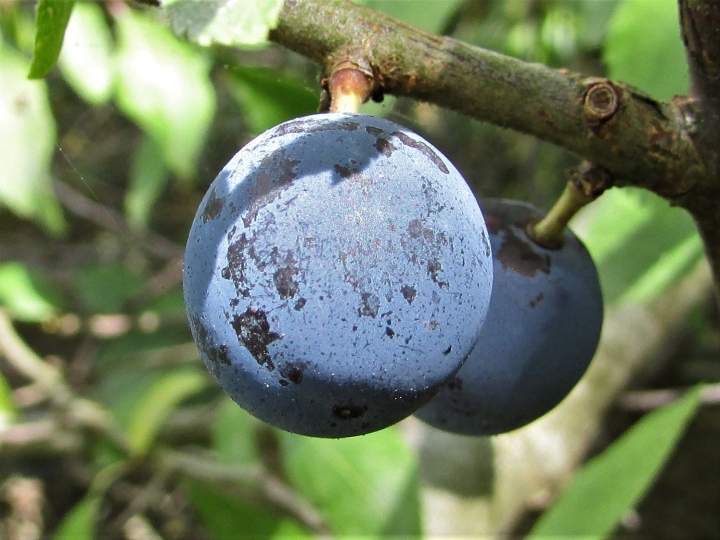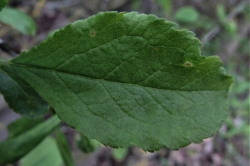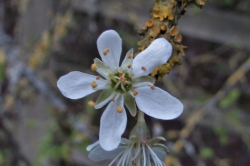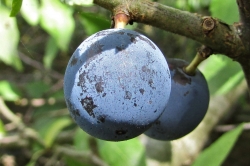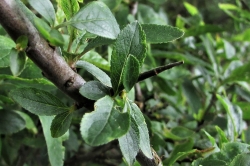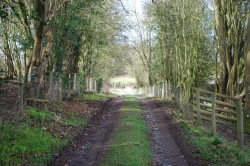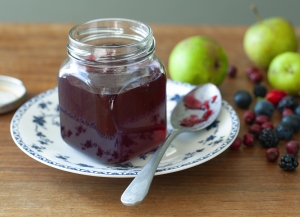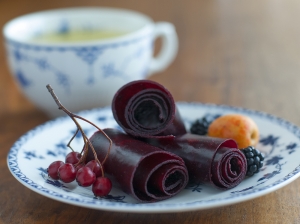This bush like tree is no giant. We always look for it around the edges of fields or grassland around woods, or just poking out of hedgerows. The dark bark can help with identification. Earlier in the year it is easy to identify as the flowers come out in late February/March to April before the leaves appear.
Home / Hedgerow Guide /
Blackthorn (Sloe)
Blackthorn (Sloe)
Please note that each and every hedgerow item you come across may vary in appearance to these photos.
Flowers
The flowers are roughly 1.5 centimetres in diameter, with five off-white petals; they are produced shortly before the leaves in early spring.
Fruit
The humble sloe really packs a punch when eaten raw and is so astringent it’s like filling ones mouth with cotton wool. The fruit has a pale ‘bloom’ covering a dark purple to black little plum.
Possible Confusion
Other plums.
Taste
Sloes are incredibly astringent raw and will suck all the moisture out of your mouth in seconds if you eat them. It’s worth munching the flesh off of one of the small plum like fruits just for the experience, there is a sweetness that comes with it which can be quite pleasant when the fruit is very ripe, and nibbling them can somehow be strangely addictive!
This fruit is mainly used for Sloe Gin, and to my mind that is the best use for them. Once you remove them from your gin they can be added to cider to make Sloe Cider and when removed from the cider they will be much sweeter and quite boozy so can then be used in many ways as a sweet fruit, coated in chocolate they are lovely, but remember to remove the stone!
Collecting
Protect your arms from the vicious thorns you find on almost all Blackthorns. Collect the fruit in October or November, preferably after they have been exposed to a frost. Alternatively if you are feeling impatient, collect them and freeze at home for the same effect.
Other Facts
The shrub, with its savage thorns, is traditionally used in Northern Europe and Britain in making a “cattle-proof” hedge.
Blackthorn makes an excellent fire wood that burns slowly with a good heat and little smoke. The wood takes a fine polish and is used for tool handles and canes.
Straight blackthorn stems have traditionally been made into walking sticks or clubs. In the British Army, blackthorn sticks are carried by commissioned officers of the Royal Irish Regiment; the tradition also occurs in Irish regiments in some Commonwealth countries.



 (17 votes, average: 3.76 out of 5)
(17 votes, average: 3.76 out of 5)